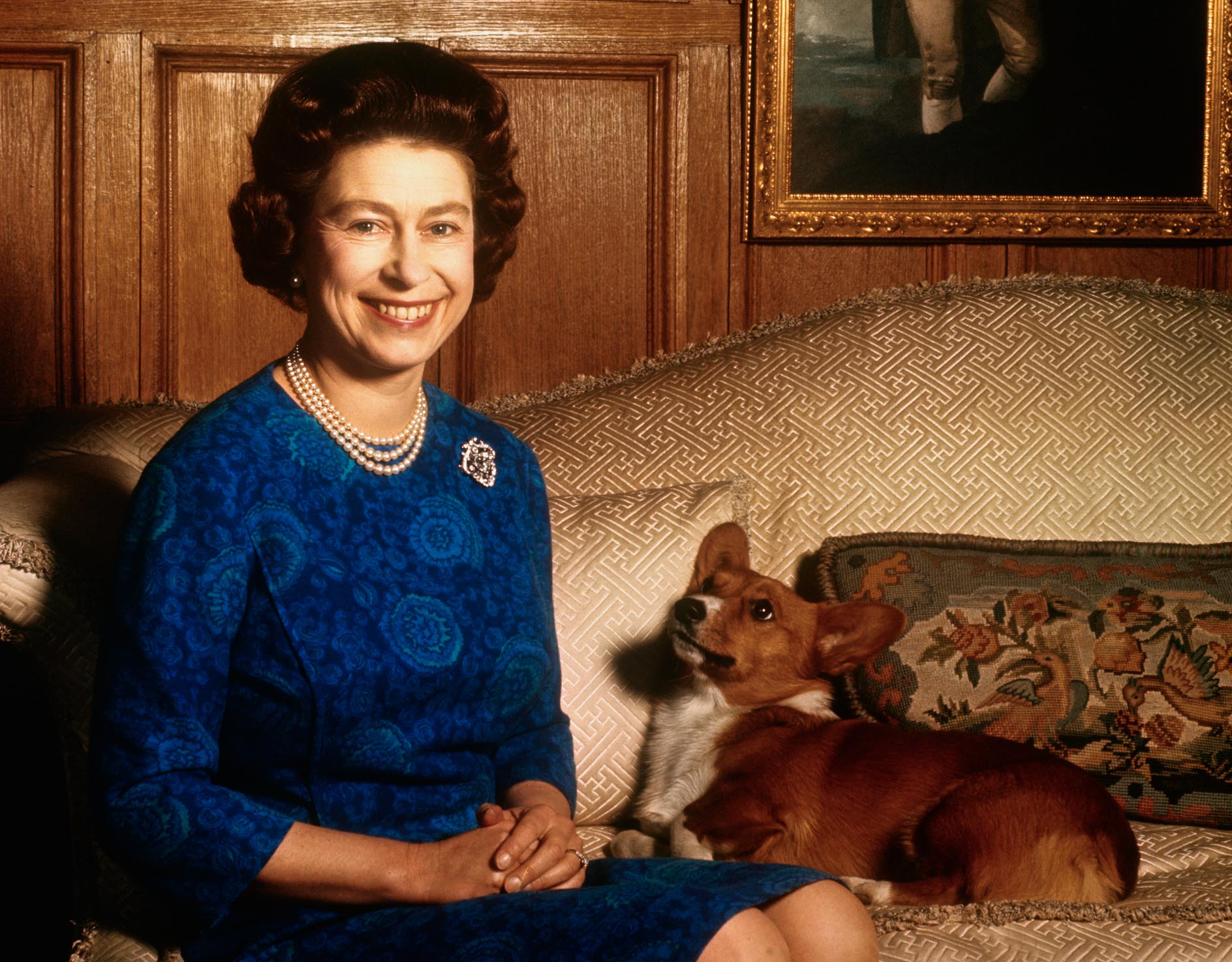Carla Carlisle: The day I rescued The Queen
Carla Carlisle's friends and family back in America are convinced she's on personal terms with Her Majesty. She isn't — but there was that one time....

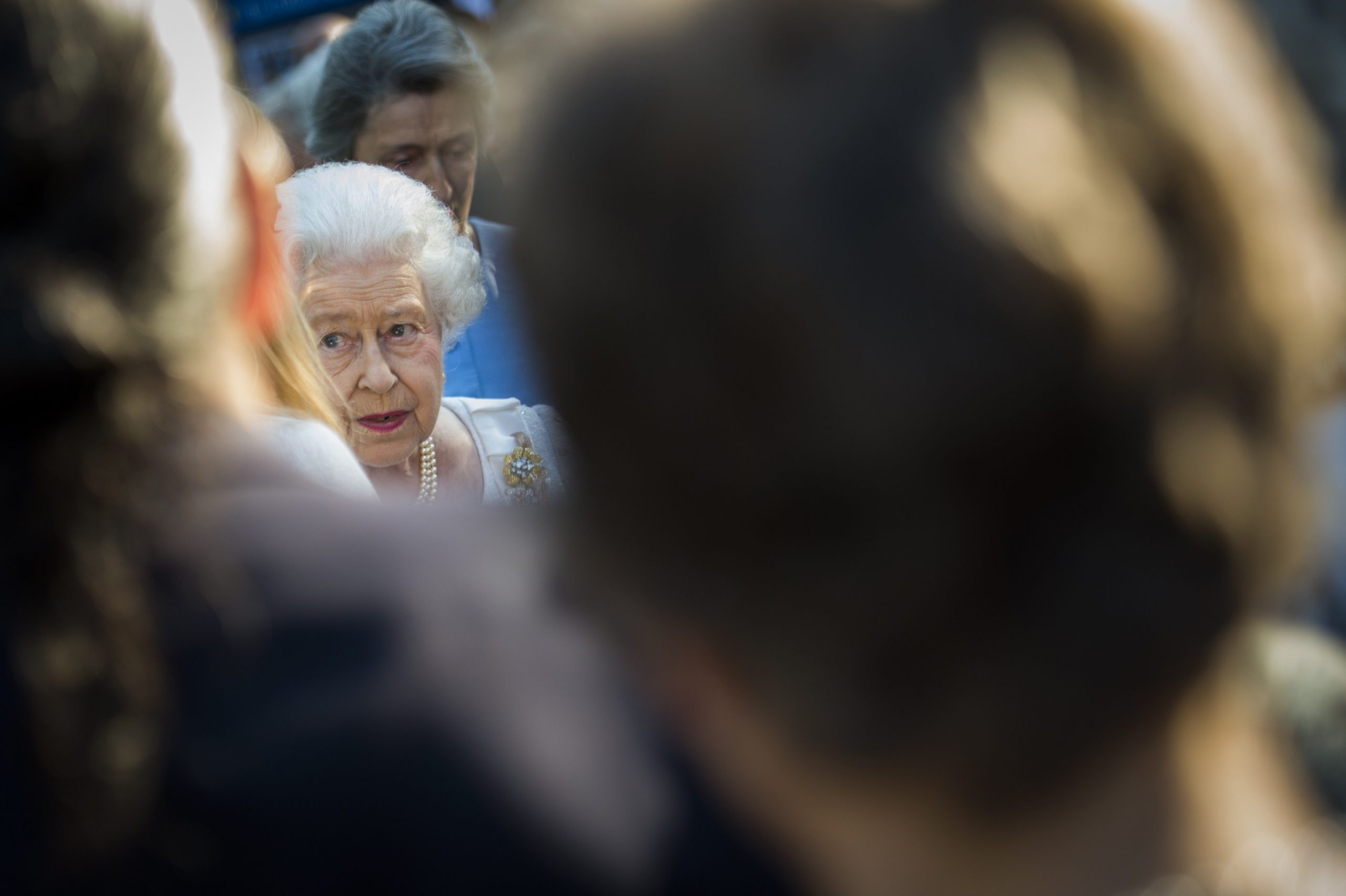
Carla Carlisle originally wrote this piece for Country Life ahead of the Platinum Jubilee.
I can’t remember when I last used my 12 Fabergé after-dinner coffee cups. Americans call these little cups ‘demi-tasse’, which is about as bilingual as we get. Mine come in five colours and I treasure them, although I’ve reached the age where my guests are fewer in number and tend to opt for mint tisanes after dinner.
I first saw Fabergé porcelain at Mount Congreve in Ireland, where Ambrose Congreve adhered to the ancien régime of separating after dinner. The men adjourned to the ‘smoking room’ to enjoy Cuban cigars and Port and the women were guided to the ‘little drawing room’ for coffee. When I admired the exquisite little cups, Geraldine, the chatelaine, grinned as she revealed their provenance: copies of the Royal Collection from the Buckingham Palace Shop. I could hardly wait to acquire my own.
Over the years, I’ve been a loyal subject of the realm in that shop. I bought copies of The Queen’s brooches for my great aunts in Mississippi and God Save the Queen tea towels by the dozen. I’ve filled my suitcase with royal biscuit tins tucked inside royal tea cosies on trips back home. My sister begins her visits to England at The Queen’s Gallery shop.
On the occasion of The Queen’s 90th birthday, we went to the exhibition in the Palace, ‘Fashioning a Reign: 90 Years of Style from the Queen’s Wardrobe’. We stared at the jodhpurs of the 10-year-old Princess. In the space of that year — 1936 — there were three reigning monarchs: George V, her grandfather, who died on January 20, Edward VIII, who abdicated on December 11, and his successor George VI. The jodhpurs look so small. Only afterwards did we realise that they were worn by a little girl whose destiny changed before she outgrew them. We were too dazzled by the immaculately tailored suits and the sumptuous wasp-waist evening gowns of the glamorous Queen. If we’d found a Hartnell or Amies copy in the palace shop, we’d probably have put it on Visa in a heartbeat.
"It’s late in the day to object to 'The Crown' because it makes the monarchy into a soap opera. That began with the invention of the printing press."
All this royal acquisitiveness has given rise to the belief in my American family that I am on friendly terms with The Queen. It seems heartless to disappoint. True, I’ve attended two garden parties where I’ve seen The Queen in the distance, but the best detail I can offer is the recipe for the very good iced coffee, revealed by a discreet member of staff. The secret ingredient: a dash of Camp coffee.
There is one sentence I can honestly begin with the words ‘The Queen and I’. It happened at the Chelsea Flower Show the year they decided to dispense with the sit-down ‘tea’ for the Royal Party and have a stand-up ‘cocktail’-style gathering instead. I was talking to Joanna Bennett, wife of the show director, when I suddenly saw the two men who’d been speaking to The Queen walk away. The Queen was suddenly left on her own.
Exquisite houses, the beauty of Nature, and how to get the most from your life, straight to your inbox.
‘Good heavens!’ I whispered to Joanna, ‘The Queen has been abandoned’. Off we went. After an awkward curtsey, the only morsel of conversation I could come up with was ‘I’m a close neighbour in Suffolk of the Duchess of Grafton’. The Duchess, with the perfect name of Fortune, was The Queen’s Mistress of the Robes, the senior lady in the Royal Household (and, no, she does not look after The Queen’s clothes and jewellery. She is the friend and confidant who accompanies The Queen at state ceremonies and on royal tours.)
‘Oh dear. Poor Fortune. The Duke is so unwell,’ The Queen replied. Actually, she said rather more, but I believe you aren’t supposed to reveal these conversations, although for years I dined out on ‘The Day I Rescued The Queen’.
When my American friends ask me to verify incidents that take place in The Crown, they are shocked to learn that I didn’t watch it. I did start — I loved Claire Foy and I loved the clothes — but Matt Smith’s Prince Philip made me squirm. I would staunchly deny events of which I am completely ignorant. I realise that it’s late in the day to object to The Crown because it makes the monarchy into a soap opera. That began with the invention of the printing press.
It’s also time to let go of Walter Bagehot’s proverbial belief that the monarchy’s ‘mystery is its life. We must not let in daylight upon magic’. The Queen he was writing about was Victoria and the era was free of radio, television, social media, cameras with long lenses and on-screen confessionals with Bashir, Dimbleby and Oprah.
"More than any ancient building or marble statue, she represents her kingdom’s history and continuity"
Still relevant, however, is Bagehot’s definition of the powers of the monarch, ‘the right to be consulted, the right to encourage, the right to warn’. These powers aren’t magic. They call for stamina, devotion, intelligence and almost inhuman discipline, qualities The Queen has displayed in abundance. Think of all those boxes. All those Prime Ministers. All those state visits and ceremonies. All the jubilees! More than any ancient building or marble statue, she represents her kingdom’s history and continuity. She makes the country she reigns over feel good about itself, even in times when few things encourage that feeling.
As much as they admire and adore The Queen, what I am asked most by Americans is: why doesn’t she retire, enjoy her twilight years, abdicate in favour of her long-attendant son? When the former American ambassador Raymond Seitz asked that question of the canon showing him around Westminster Abbey, the reply was solemn and swift: ‘Oh no,’ he said. ‘You see, she’s been anointed.’ That’s a realm of spirituality that is perplexing for most Americans.
Meanwhile, we are celebrating the jubilee here at Wyken. I’ve made coronation chicken, but, instead of the winning trifle, I’ve made The Queen’s own favourite dessert: lemon posset, served in my Royal Collection Fabergé demi-tasse.
I’ve also hung the vintage bunting from the Golden Jubilee that spells out the royal motto ‘Dieu et Mon Droit’. I’m pretty sure it does not mean ‘God is my finger.’
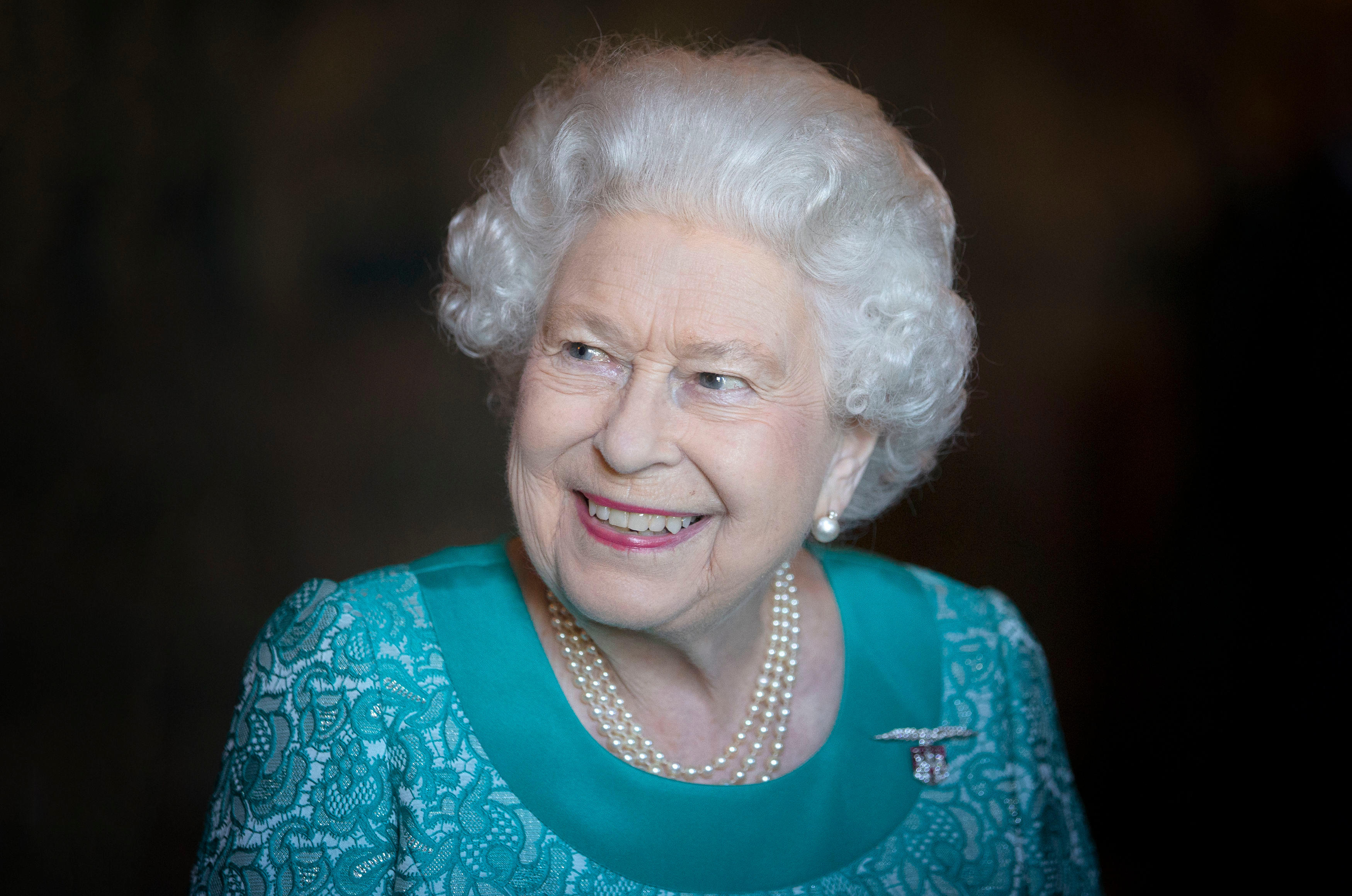
Her Majesty The Queen dies aged 96
Her Majesty Queen Elizabeth II has died at the age of 96.
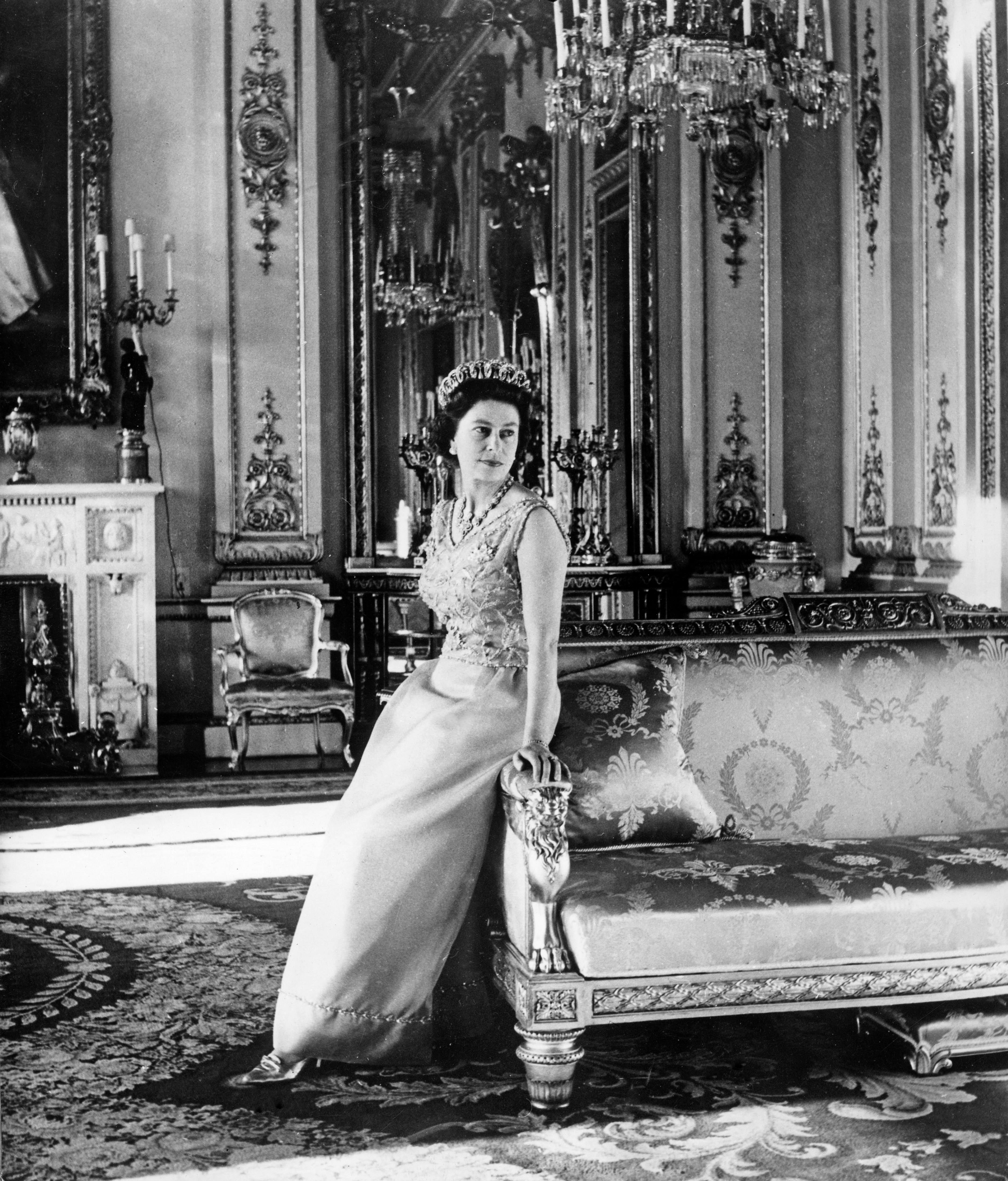
Thank you, ma’am — we’ll miss you
We pay tribute to Her Majesty Queen Elizabeth II, who died on Thursday 8 September, aged 96.
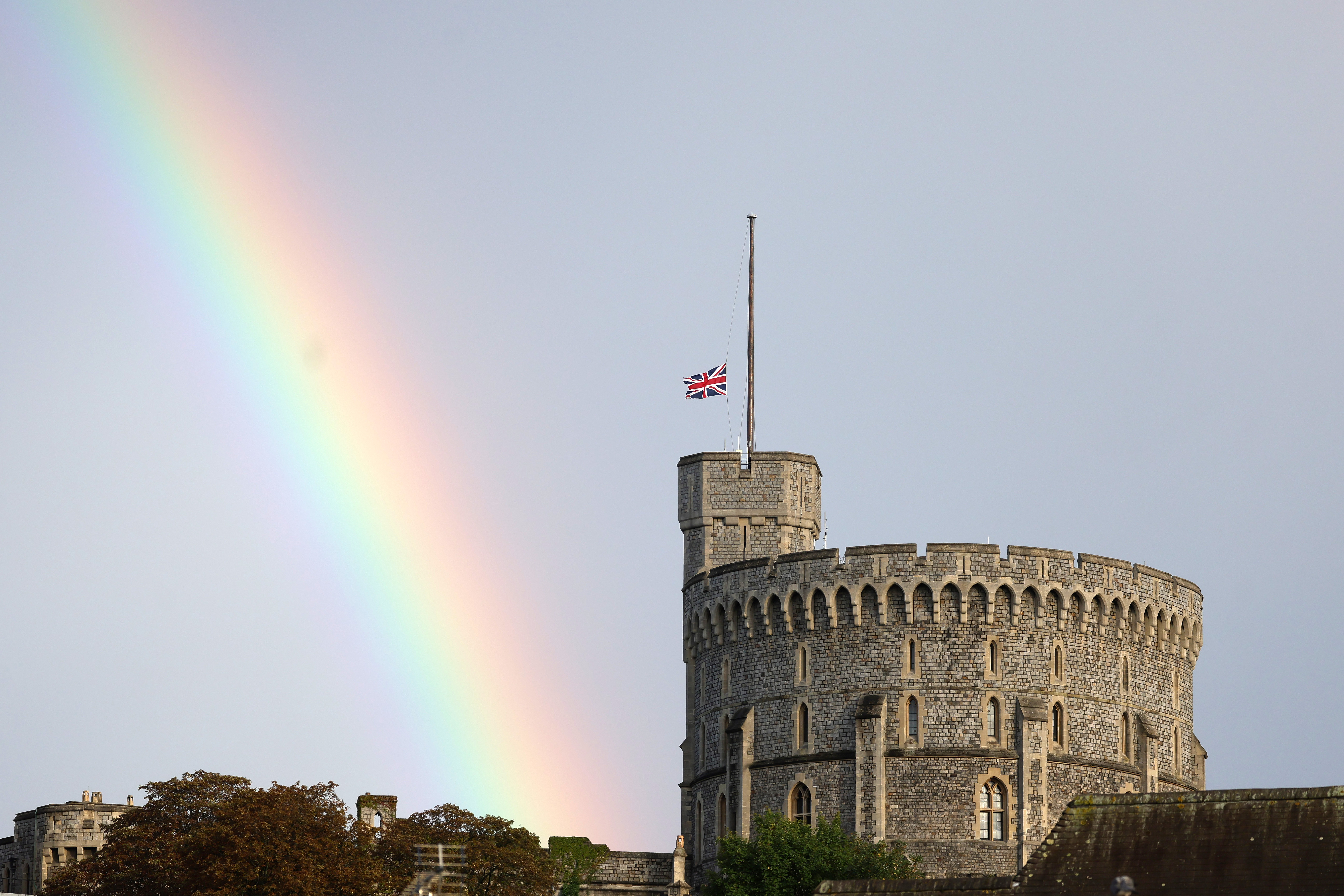
Windsor Castle's rainbow to the heavens, and the other indelible images from the day Her Majesty The Queen died
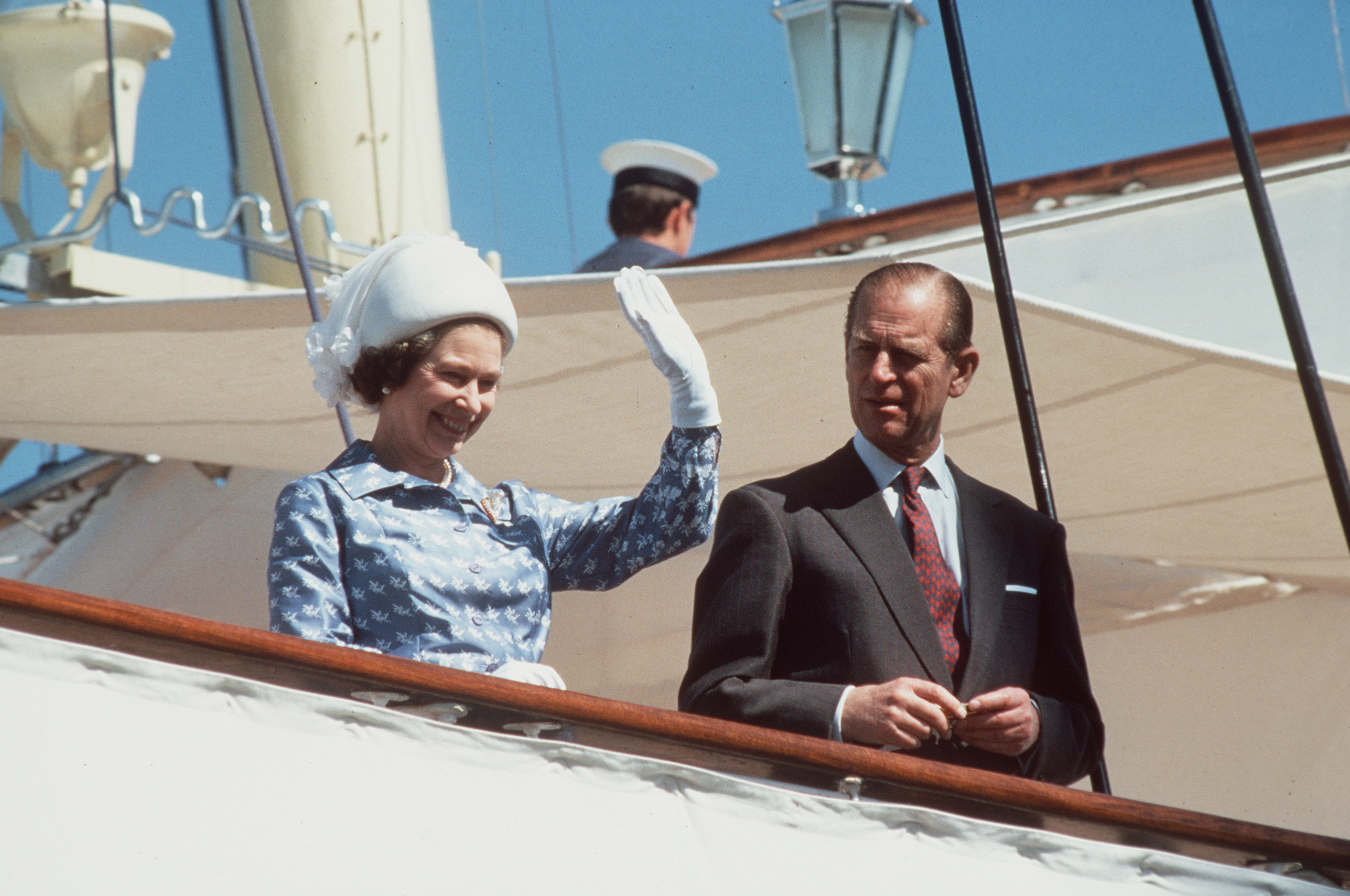
Queen Elizabeth II's reign by numbers: 15 Prime Ministers, 120 countries and 175,000 telegrams to centenarians
From the miles she travelled to the honours she conferred, Jane Watkins takes a look at some of the numbers
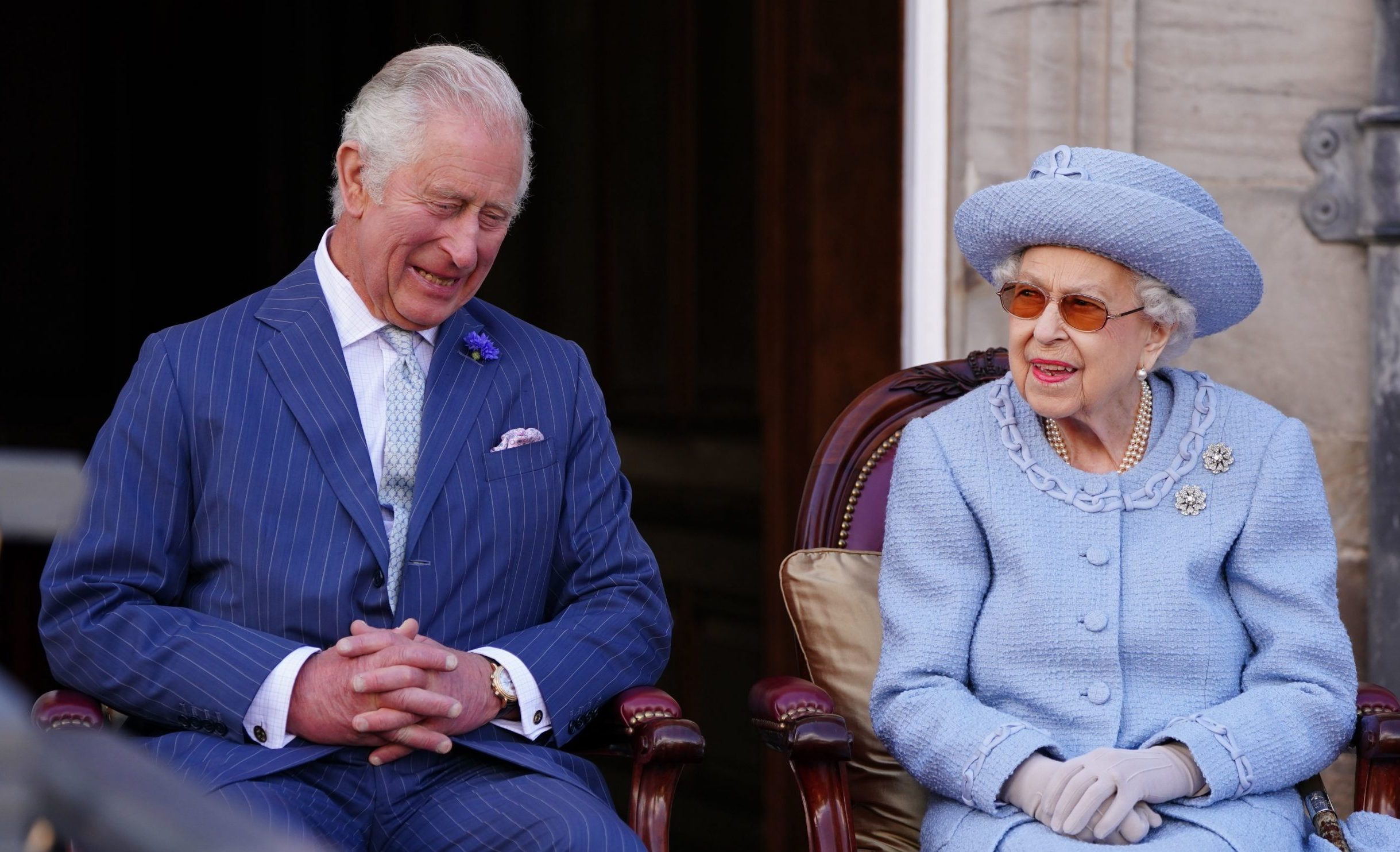
Credit: Getty
King Charles III addresses nation for the first time: 'Her Majesty The Queen – my beloved Mother – was an inspiration and example'
King Charles III spoke to the nation for the first time, paying tribute to his late mother The Queen, and
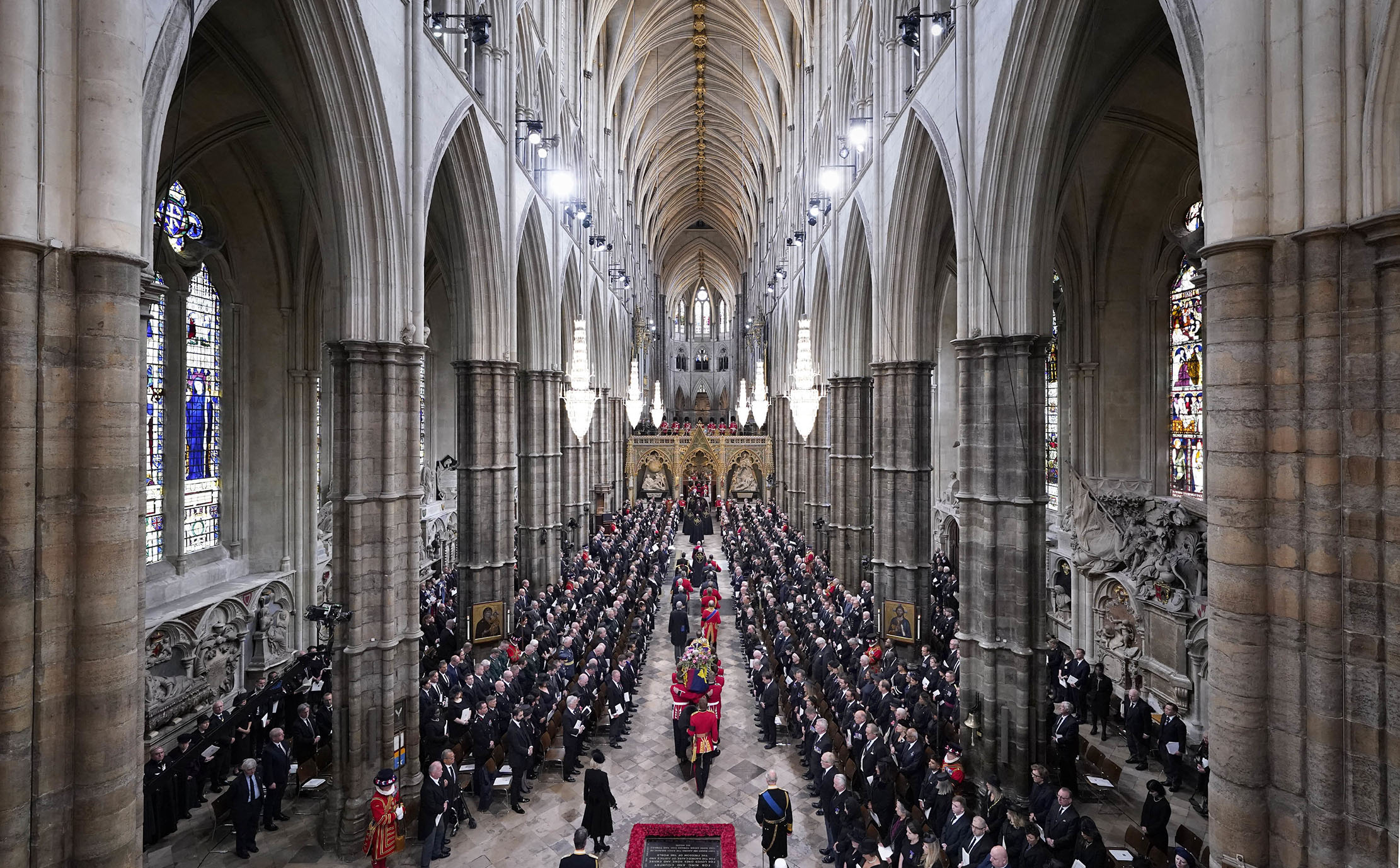
The State Funeral of Queen Elizabeth II: The tale of the final farewell to Her Majesty
Details and images of the funeral of Her Majesty Queen Elizabeth II on Monday 19th September, 2022.
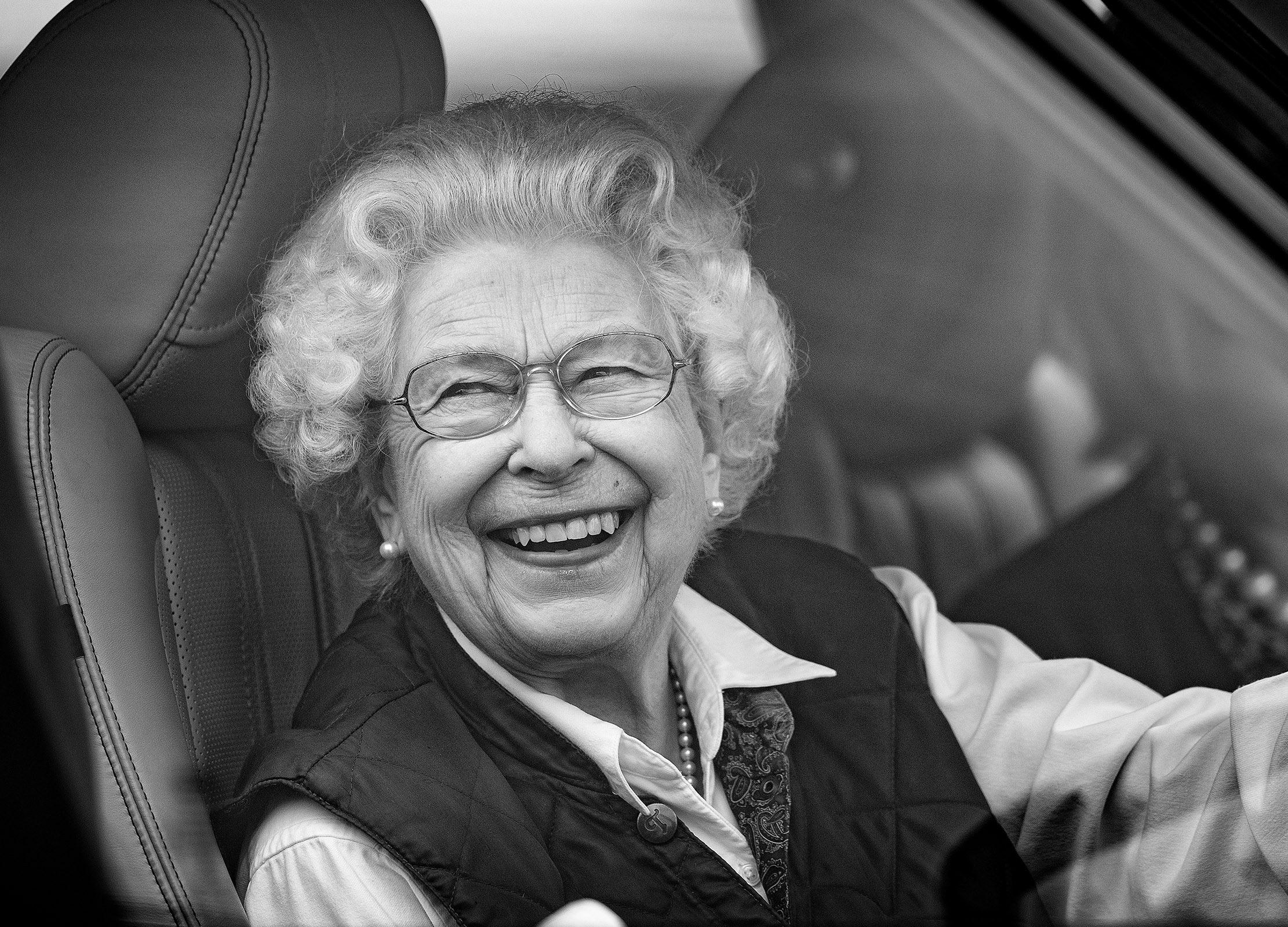
A timeline of the reign of Queen Elizabeth II
After the death of Her Majesty, we look back at key moments from her 96 glorious years.
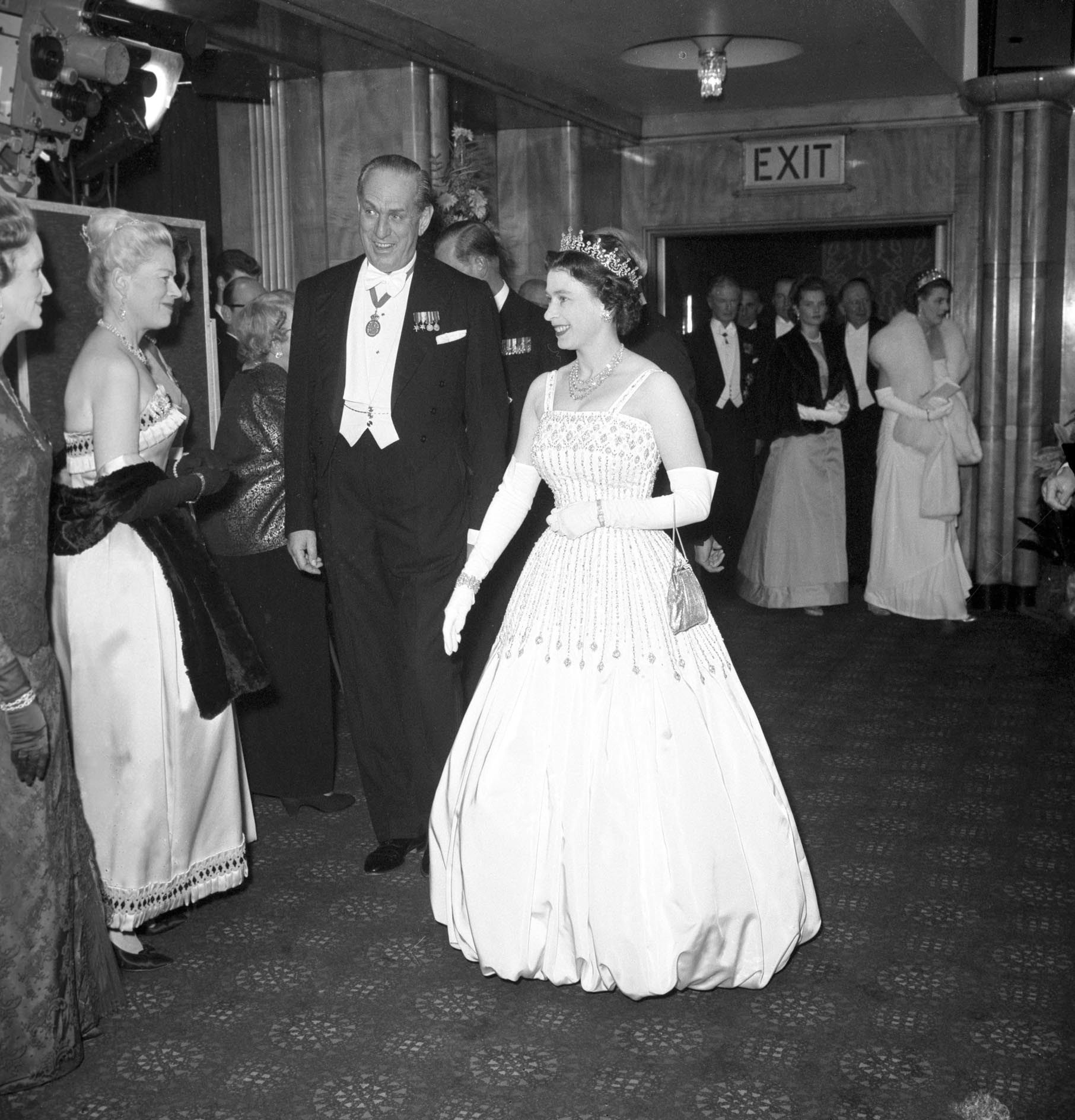
70 years of style: The clothes of Queen Elizabeth II
Far from being a passive dresser, The Queen pays close attention to what she wears and what those clothes convey.
